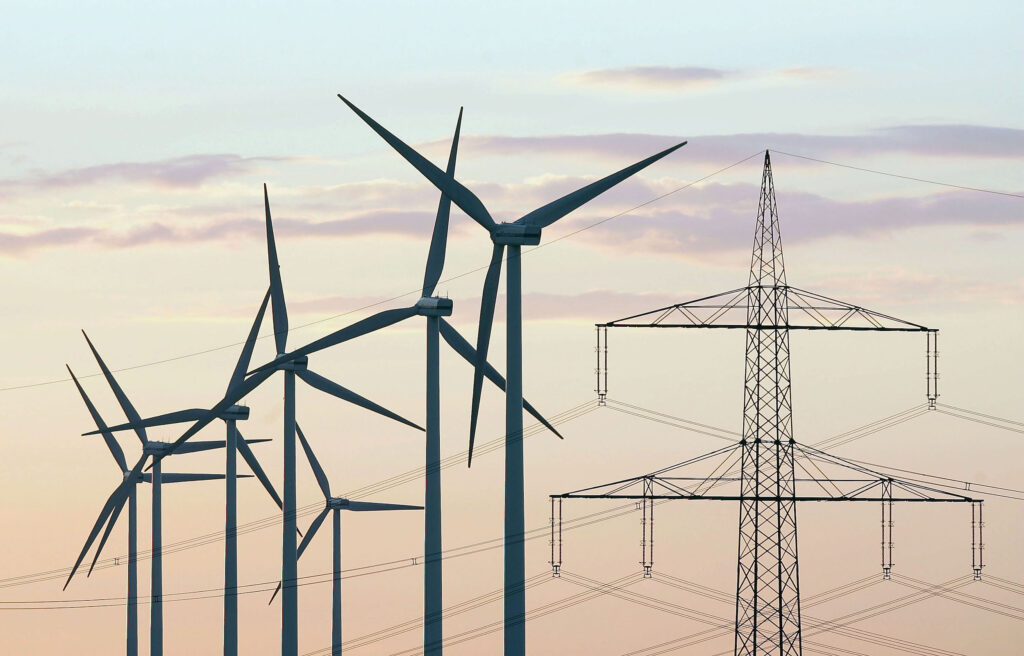Energy security of South Asia – Electrification, growth, SDGs and the way forward

From Current Affairs Notes for UPSC » Editorials & In-depths » This topic
IAS EXPRESS Vs UPSC Prelims 2024: 85+ questions reflected
Context: South Asia has almost a fourth of the global population living on 5% of the world’s landmass. Electricity generation in South Asia has risen exponentially, from 340 terawatt-hours (TWh) in 1990 to 1,500 TWh in 2015.

Why does electrification matter?
- Given that a 0.46% increase in energy consumption leads to a 1% increase in GDP per capita, electrification not only helps in improving lifestyle but also adds to the aggregate economy by improving the nation’s GDP.
- For middle-income countries, the generation of power plays an essential role in the economic growth of the country.
- More electricity leads to increased investment and economic activities within and outside the country, which is a more feasible option as opposed to other forms of investments such as foreign direct investment.
- The South Asian nations have greatly benefited from widening electricity coverage across industries and households.
- For example, 50.3% of Bangladesh’s GDP comes from industrial and agricultural sectors which cannot function efficiently without electricity.
Electrification of South Asia: An Overview
- Bangladesh has achieved 100% electrification recently while Bhutan, the Maldives, and Sri Lanka accomplished this in 2019.
- For India and Afghanistan, the figures are 94.4% and 97.7%, respectively, while for Pakistan it is 73.91%.
- Bhutan has the cheapest electricity price in South Asia (U.S.$0.036 per kilowatt-hour, or kWh) while India has the highest (U.S.$0.08 per kWh.)
- The Bangladesh government has significantly revamped power production resulting in power demands from 4,942 kWh in 2009 to 25,514 MW as of 2022.
- India is trying to make a transition to renewable energy to provide for 40% of total consumption, while Pakistan is still struggling to reduce power shortages negatively impacting its economy.
The electricity policies of South Asian countries
- The electricity policies of South Asian countries aim at providing electricity to every household.
- The objective is to supply reliable and quality electricity in an efficient manner, at reasonable rates and to protect consumer interests.
- The issues in achieving the objective include generation, transmission, distribution, rural electrification, research and development, environmental issues, energy conservation and human resource training.
Why do each South Asian countries need a different approach?
- Geographical differences between these countries call for a different approach depending on resources.
- While India relies heavily on coal, accounting for nearly 55% of its electricity production, 99.9% of Nepal’s energy comes from hydropower, 75% of Bangladesh’s power production relies on natural gas, and Sri Lanka leans on oil, spending as much as 6% of its GDP on importing oil.
Adaptability to renewable power as a step towards SDG
- India leads South Asia in adapting to renewable power, with its annual demand for power increasing by 6%.
- Solar power-driven electrification in rural Bangladesh is a huge step towards Sustainable Development Goal 7 (which is “Ensure access to affordable, reliable, sustainable and modern energy for all”) by 2030 and engaging more than 1,00,000 female solar entrepreneurs in Sustainable Development Goal 5 (which is “achieve gender equality and empower all women and girls”).
- India’s pledge to move 40% of the total energy produced to renewable energy is also a big step. Access to electricity improves infrastructure i.e., SDG 9 (which is “build resilient infrastructure, promote inclusive and sustainable industrialization and foster innovation”).
- Energy access helps online education through affordable Internet (SDG 4, or “ensure inclusive and equitable quality education and promote lifelong learning opportunities for all”), more people are employed (SDG 1: “no poverty”), and are able to access tech-based health solutions (SDG 3, or “ensure healthy lives and promote well-being for all at all ages”).
- The region is moving towards green growth and energy as India hosts the International Solar Alliance.
The status of regional energy trade in South Asia
- The South Asian Association for Regional Cooperation (SAARC) prepared the regional energy cooperation framework in 2014, but its implementation is questionable.
- However, there are a number of bilateral and multilateral energy trade agreements such as the India-Nepal petroleum pipeline deal, the India-Bhutan hydroelectric joint venture, the Myanmar-Bangladesh-India gas pipeline, the Bangladesh-Bhutan-India-Nepal (BBIN) sub-regional framework for energy cooperation, and the Turkmenistan-Afghanistan-Pakistan-India (TAPI) pipeline.
Associated concerns:
- ‘South Asia’s regional geopolitics is determined by the conflation of identity, politics, and international borders.
- Transnational energy projects would thus engage with multiple social and ideational issues’ which is a major limitation for peaceful energy trade.
- The current participation in cross-border projects has been restricted to respective tasks, among Bhutan and India or Nepal and India.
- It is only now that power-sharing projects among the three nations, Nepal, India, and Bangladesh, have been deemed conceivable.
The way forward
Regional security approach:
- If energy trade is linked and perceived through the lens of conflict resolution and peacebuilding, then a regional security approach with a broader group of stakeholders could help smoothen the energy trade process.
Resilient energy frameworks:
- Going forward, resilient energy frameworks are what is needed such as better building-design practices, climate-proof infrastructure, a flexible monitory framework, and an integrated resource plan that supports renewable energy innovation.
Private sector investment:
- Government alone cannot be the provider of reliable and secure energy frameworks, and private sector investment is crucial.
Practice Question for Mains
- While universal coverage can catalyze South Asia’s economic growth, energy trade must be linked to peacebuilding. Discuss. (250 Words, 15 Marks).
If you like this post, please share your feedback in the comments section below so that we will upload more posts like this.

